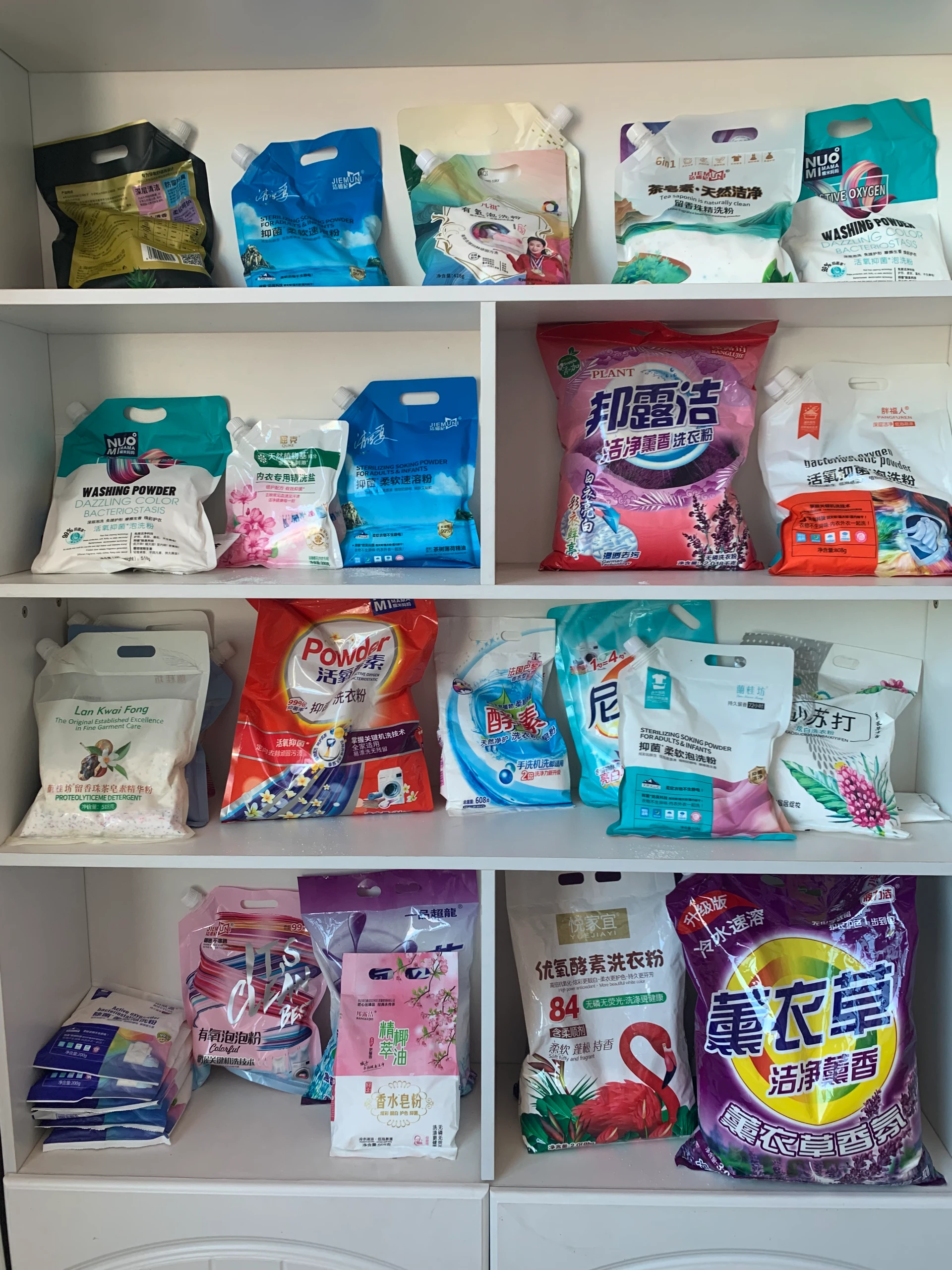



coagulation and flocculation in water treatment pdf
Coagulation and Flocculation in Water Treatment
Water treatment is an essential process in ensuring safe drinking water and managing wastewater. Among the various methods used, coagulation and flocculation play a pivotal role in the removal of suspended solids, colloidal particles, and other impurities from water. Understanding these processes is crucial for optimizing water treatment efficiency and achieving high-quality water suitable for consumption.
What are Coagulation and Flocculation?
Coagulation is the initial step in the water treatment process, where chemical coagulants are added to water to destabilize colloidal particles. These particles, often negatively charged, repel one another, preventing them from clumping together. By introducing coagulants, such as aluminum sulfate or ferric chloride, the surface charges of these particles are neutralized, enabling them to bond together.
Flocculation follows coagulation. In this phase, gentle mixing promotes the aggregation of the destabilized particles into larger clusters known as flocs. This process is critical because larger flocs can be more effectively removed from the water during subsequent treatment steps, such as sedimentation or filtration.
The Coagulation and Flocculation Process
1. Chemical Addition Coagulants are added to water, typically in the rapid mix tank, where intense agitation ensures even distribution. The selection of appropriate coagulants depends on the water's characteristics, including pH, temperature, and the types of impurities present.
2. Coagulation Once added, the coagulants react with the particles in the water, forming micro-flocs. The coagulation process can be influenced by factors such as doses of the chemical, temperature, and pH levels. Operators often conduct jar tests to determine optimal coagulant dosages.
3. Flocculation The water then moves to a flocculation tank, where slow stirring encourages flocs to collide and combine to form larger aggregates. The flocculation period varies but is typically around 20 to 60 minutes. Adequate residence time is crucial to ensure effective floc growth.
coagulation and flocculation in water treatment pdf

4. Sedimentation After flocculation, the water enters a sedimentation basin. Here, the flocs settle to the bottom due to gravity, forming a sludge layer, while the clarified water, now containing significantly fewer impurities, is drawn off for further treatment.
5. Filtration The clarified water may then be subjected to filtration processes to remove any remaining fine particles or flocs before disinfection, which is typically the final step in water treatment.
Importance of Coagulation and Flocculation
The significance of coagulation and flocculation cannot be overstated. These processes are fundamental in reducing turbidity, color, and the concentration of microorganisms in water, thereby improving water quality and safety. Effective coagulation and flocculation can lead to enhanced removal of organics, heavy metals, and other harmful contaminants, making the water suitable for drinking or discharge into the environment.
Challenges and Considerations
While coagulation and flocculation are effective, they come with challenges. The choice of coagulant, proper dosing, and the maintenance of optimal pH levels can significantly affect the treatment's performance. Additionally, environmental concerns surrounding chemical usage and sludge disposal must be addressed. Many treatment plants are exploring alternative coagulants, such as natural polymers, to minimize chemical impacts.
Conclusion
In summary, coagulation and flocculation are critical processes in water treatment that aid in the removal of impurities from water. By understanding and optimizing these processes, water treatment facilities can ensure the delivery of safe and clean drinking water to communities, while also addressing the environmental challenges associated with water purification. As technology advances and regulations tighten, continual improvement in coagulation and flocculation practices will remain essential for sustainable water management.
-
Why Sodium Persulfate Is Everywhere NowNewsJul.07,2025
-
Why Polyacrylamide Is in High DemandNewsJul.07,2025
-
Understanding Paint Chemicals and Their ApplicationsNewsJul.07,2025
-
Smart Use Of Mining ChemicalsNewsJul.07,2025
-
Practical Uses of Potassium MonopersulfateNewsJul.07,2025
-
Agrochemicals In Real FarmingNewsJul.07,2025
-
Sodium Chlorite Hot UsesNewsJul.01,2025










